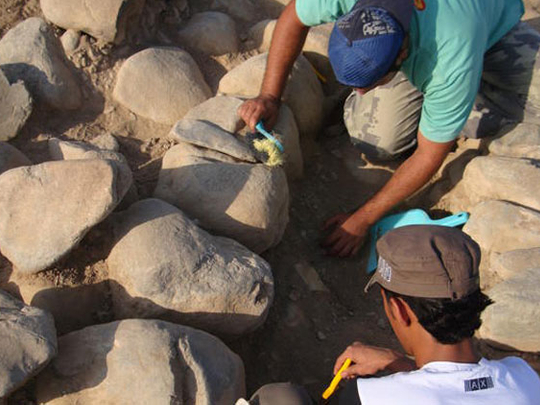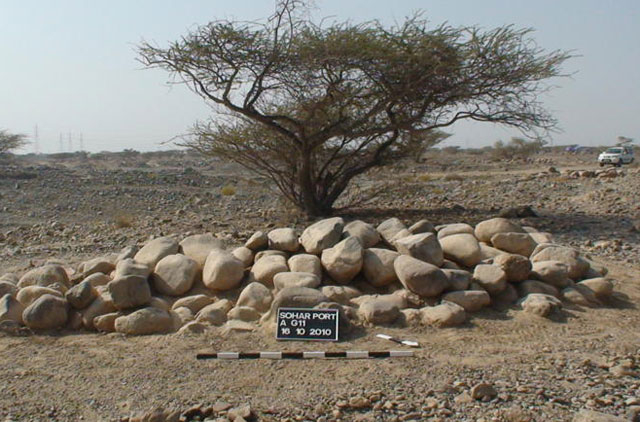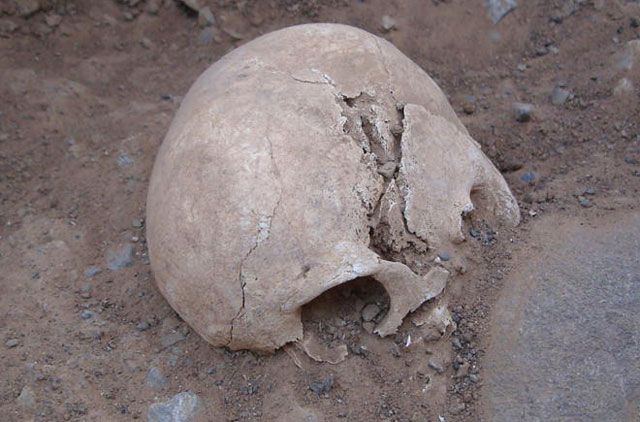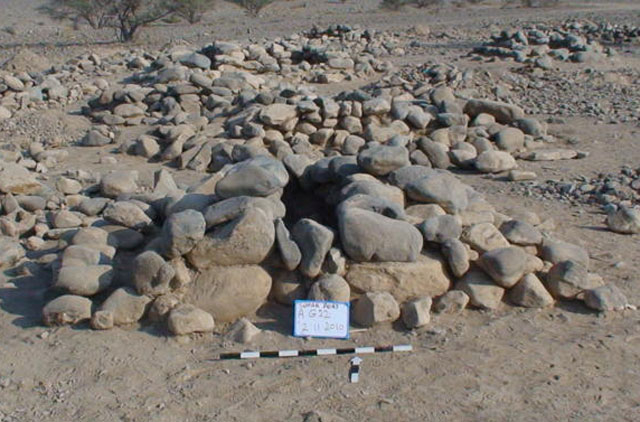
Muscat: Archaeologists with the Ministry of Heritage and Culture have unearthed evidence of Iron Age (2000-3000 BC) settlements in Oman during excavation in the Sohar Port area, according to Biubwa Ali Al Sabri, Director of Excavation and Archaeological Studies at the Ministry.
"The findings include remains of human bones, beads and other archaeological objects,” she said in a statement emailed to Gulf News.
She reckons that the findings would help archaeologist in understanding more about the cultural history.
According to the senior archaeologist excavations were carried out in as many as 57 burial sites. "These sites dated back to the intervening period of the second millennium BC and the first millennium BC, also known as Wadi Suq era between 2000BC and 300BC,” she further said.
"As the site of those cemeteries spread over the hills and the valleys, the Ministry divided the site into five sections," she informed.
Biubwa further said that keeping in view the importance of maintaining the cultural heritage, the Ministry paid special attention to preserving archaeological sites, albeit without hampering the ongoing development projects.
"We've had several meetings between the Heritage Sector in the Ministry and the management of Sohar Port and decided to have rescue excavations in some sections of those 57 graves,” she said, adding that this excavation was funded by the management of Sohar Port, she said.
The excavation work was conducted by five specialists from the national team at the Ministry of Heritage and Culture with the help from Sultan Qaboos University (SQU) technicians, specialised in lifting and drawing archaeological evidence.
“A specialist in the study of bones was flown from Sweden by the management of Sohar Port,” said Biubwa.
The graves discovered at the site were built above the surface having an exterior wall built by two-row of stones with an additional internal wall for the burial chamber.
Among the discoveries found in these cemeteries are human bones and skulls. The archaeologist also found bones and teeth of horse in a grave, which was characterized by the existence of two rooms, one for the man's burial and other for the horse.
She said that this particular grave was named as the grave of the Knight and the horse.
In addition, glass vessels fragments, beads made from gold, silver, carnelian stone and shells, earrings, rings made of bronze, iron, and, other materials were also found.















